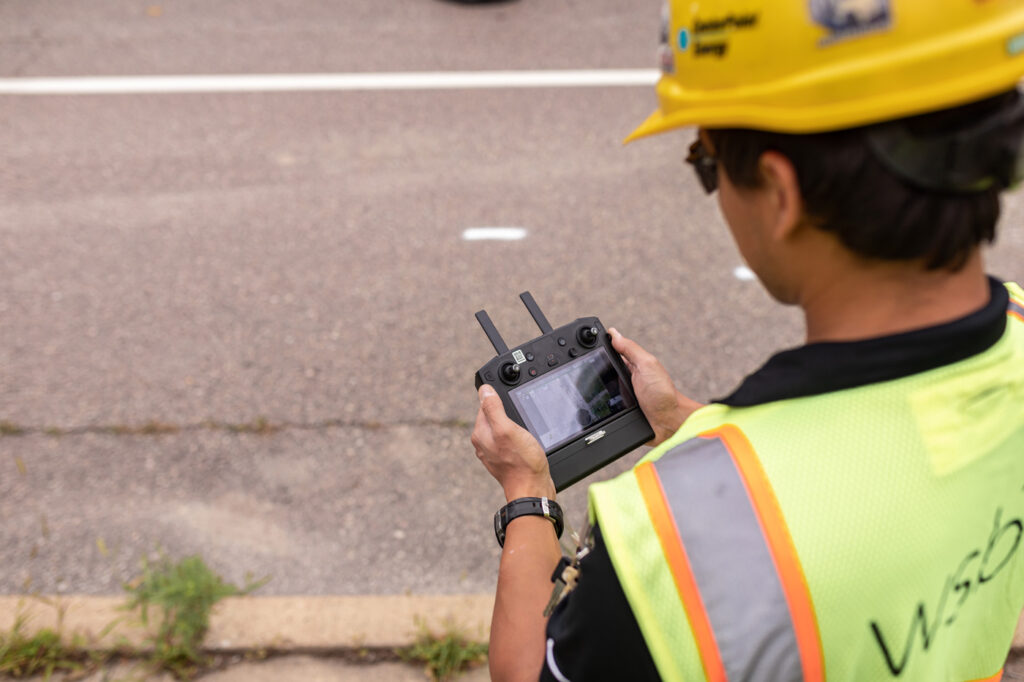By moving beyond outdated tools, we can foster more meaningful connections, better demonstrate our capabilities, and evolve with the needs of our clients.
October 3, 2024
By Val Brennan, Director of Marketing, WSB
Published by Zweig in the September issue of The Zweig Letter. TZL 1552 (web) (flippingbook.com)
In the dynamic realm of the architecture, engineering, and construction industry, marketing strategies are pivotal for securing client trust and business sustainability. However, traditional methods such as the one-pager are rapidly losing their effectiveness. The one pager, once a staple in marketing toolkits, now represents an outdated approach that can potentially limit a firm’s market perception and success.
The service-first conundrum. For decades, one-pagers have been the go-to marketing material, typically leading with a detailed list of services. This method, while straightforward, inherently restricts a firm’s narrative to a narrow scope. Clients, especially in the AEC sector, look for partners, not just service providers. When we lead with services, we risk being pigeonholed, recognized only for specific capabilities rather than as a comprehensive solution provider. This not only diminishes our appeal but also caps our potential engagements.
A crutch for the sales-averse. Sales is an art, particularly in technical fields where the nuances of services are complex and varied. The reliance on one-pagers has inadvertently become a security blanket for those uncomfortable with direct selling. This trend is counterproductive. While a one-pager can neatly summarize a service, it cannot replace the human element crucial in sales – empathy, adaptability, and the ability to engage. By over-relying on these documents, we prevent our staff from fully developing these essential skills, ultimately impacting our firm’s ability to connect and resonate with potential clients.
Misaligned meeting approaches. The most strategic error with one-pagers is their tendency to dictate the flow of client meetings. Successful client interactions are not about inundating prospects with prepackaged information but about listening – understanding their challenges and tailoring our dialogue to address these issues. A one-pager encourages a monologue when the need of the hour is a dialogue. It is imperative that we shift our approach to one that prioritizes listening, thus fostering a more consultative and client-centric relationship.
A strategic shift in approach. Transitioning from the one-pager mentality involves a strategic overhaul. We start by setting clear goals and identifying our target audiences. From there, we develop key messages that resonate deeply with these groups. Only then do we select the appropriate tactics. This comprehensive strategy allows us to utilize the full spectrum of marketing and sales tools at our disposal, effectively moving our clients and prospects to action. By adopting this holistic approach, we ensure that all communications are purpose-driven and tailored, maximizing impact and engagement.
Let the one-pager die. The death of the one-pager is not an end but a beginning – an opportunity to innovate our approach to marketing and client engagement in the AEC industry. By moving beyond these outdated tools, we can foster more meaningful connections, demonstrate our full spectrum of capabilities, and, most importantly, evolve alongside the needs of our clients.
“For decades, one-pagers have been the go-to marketing material, typically leading with a detailed list of services. This method, while straightforward, inherently restricts a firm’s narrative to a narrow scope. Clients, especially in the AEC sector, look for partners, not just service providers.”
In the era of holistic service and partnership, listening and personalized engagement are the keys to unlocking true business potential.





